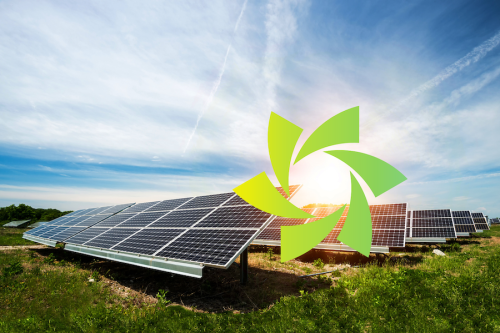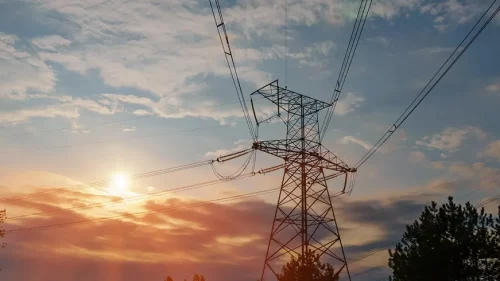Australia is currently navigating an energy transition, and businesses are bearing the cost. Ageing coal-fired generators are scheduled for closure by 2038, renewable infrastructure is still catching up, and the national grid is under strain. Wholesale energy prices have surged across the board, and with demand patterns changing and grid stability becoming more volatile, many commercial operators are left navigating the chaos alone.
The price signals coming from the energy market are loud and clear. Unless businesses act now to understand and manage their energy consumption, they risk being priced out or left behind in a rapidly transforming economy. In this article, we look at how businesses can set themselves up for success by gaining better insight into their energy consumption through a business energy audit.
Contents
- 1 The price of inaction in a volatile energy market
- 2 Peak demand pricing drives year-round costs
- 3 Why a business energy audit is a smart first move
- 4 What you need to get started
- 5 Business energy audits in action
- 6 Business as usual is no longer sustainable
- 7 For a limited time: free business energy audit
The price of inaction in a volatile energy market
Projections from market analysts forecast that electricity prices will rise by 35% over the next decade, with gas shortages expected as early as 2026. With all coal power stations set to close by 2038, the nation’s electricity supply will be increasingly dependent on new technologies, infrastructure, and demand-side management.
The businesses that are hit hardest are often those with significant or seasonal energy needs – think food processors, manufacturing plants, wineries, and agribusinesses. These industries aren’t just paying more, they’re also exposed to increased operational risk from grid unreliability, equipment stress, and demand charges.
Peak demand pricing drives year-round costs
One often-overlooked contributor to rising business energy costs is peak demand pricing. Most commercial electricity tariffs incorporate demand charges based on the highest 15- or 30-minute usage interval in a billing cycle. That means a short spike in consumption (such as a machinery start-up or cooling during a heatwave) can result in elevated charges for the entire month.
As many businesses have seasonal energy profiles, these peak demand charges often linger long after the busy period has ended. Without proper visibility and management, businesses are effectively paying premiums for short-lived peaks which drive up annual energy costs and eat into margins.
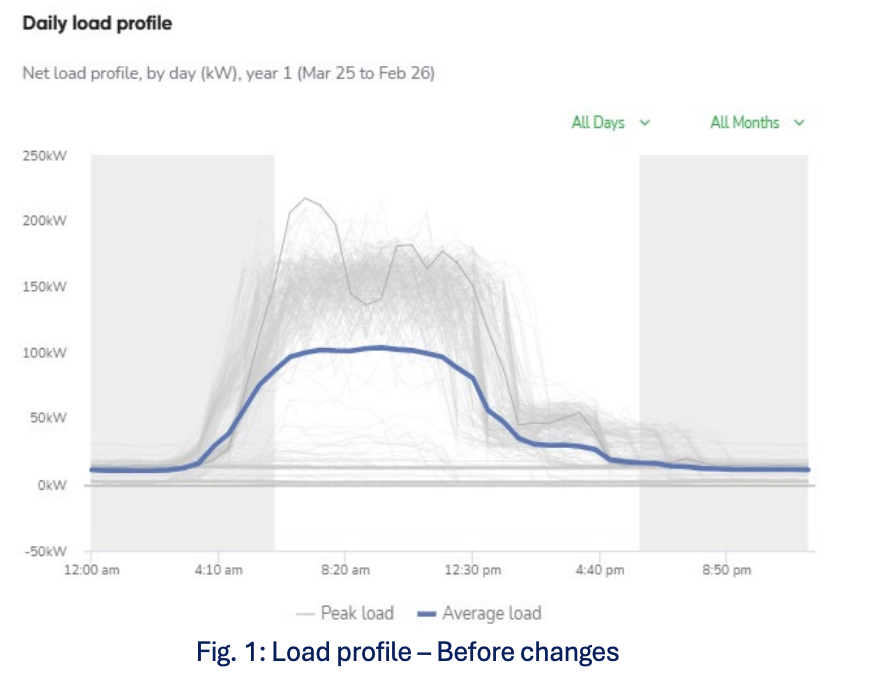
Why a business energy audit is a smart first move
A business energy audit offers more than just cost analysis, it’s a strategic review of your business’ energy health. It reveals how much energy your business consumes, when it’s being used, and where inefficiencies or opportunities for savings lie.
Here’s an example of what an energy audit might contain:
- Mapping of current annual energy consumption
- Average daily load profile
- Highest peak demand periods
- Potential renewable energy solutions, such as solar, battery storage, generators and software to monitor live energy prices
- Modelling of the impact of different solutions to highlight cashflow and cost savings
- Estimated financial benefits, rebates and revenue generation
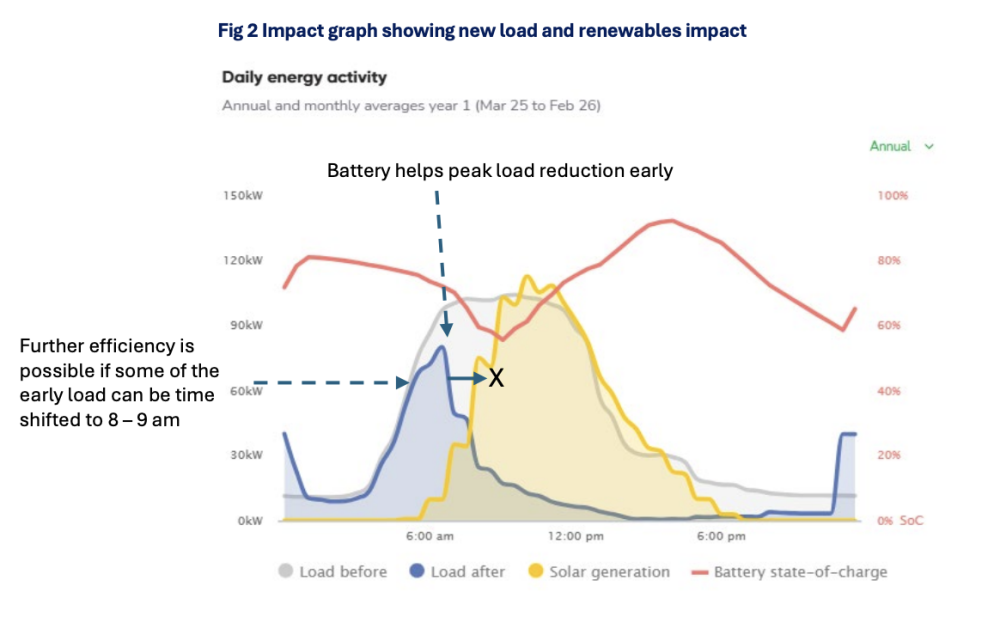
At Acacia Energy, our process is designed to be easy, fast, and completely cost-free. We use your actual energy bill and metering data to simulate tailored scenarios, such as:
- Solar system deployment or upgrades,
- Battery Energy Storage System (BESS) solutions,
- Participation in demand response programs or
- Hosting third party assets that are exposed to the energy markets.
The result is a customised report that doesn’t just highlight where you could save, but shows you exactly how much, with real numbers and real impact.
What you need to get started
The benefit of a business energy audit is that you don’t need much to get started. Acacia Energy’s proprietary modelling software requires two things to model annual consumption and propose technological solutions:
- A recent copy of the business’ energy bill
- Permission to access meter data via a simple form
- Within this form you’ll need to supply the business’ NMI (which stands for National Metering Identifier), which can usually be found near your customer details on your energy bill.
The meter data can take up to two weeks to be delivered. Once we have this in hand, we deliver a custom report within 2 business days. An Acacia Energy team member will then give you a call to walk you through the findings.
Business energy audits in action
Some businesses are already taking their energy future into their own hands by partnering with energy specialists like Acacia Energy to model their consumption, assess options, and implement tailored renewable solutions that reduce both cost and risk.
At Austco Polar Cold Storage, energy modelling using 12 months of interval meter and market data helped uncover significant opportunities for cost reduction. By identifying how different renewable technologies would affect operations and bills, Acacia Energy enabled Austco to make an informed investment. The outcome? A renewable solution that delivers 67% energy savings by displacing grid energy, avoiding peak demand charges, and introducing new revenue streams.
In the wine industry, where electricity usage surges during the harvest and pressing season, De Bortoli Wines faced a familiar challenge. Energy can represent up to 15% of total operating costs, but their demand charges – up to 42% of electricity expenses – posed the greatest burden. Even when not consuming power, past peaks meant they were locked into high tariffs. With Acacia’s support, De Bortoli installed a 100kW ground-mounted solar PV system, slashing energy bills by 60%, saving $40,000 annually.
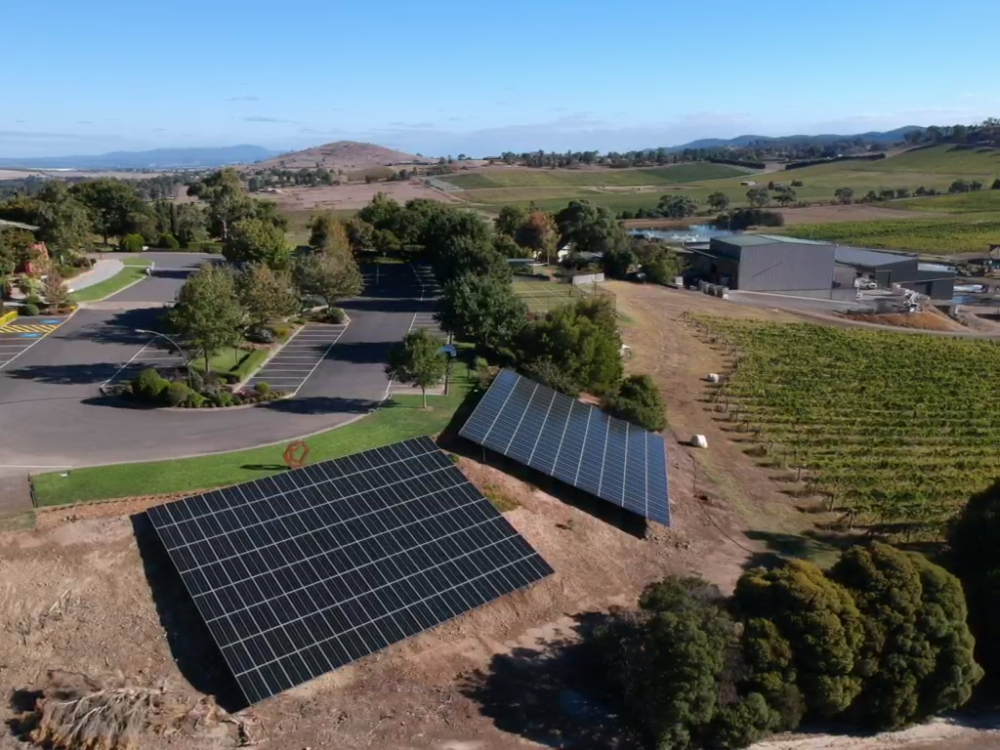
At Cootamundra Oilseeds, seasonal electricity use mirrors the rhythms of the agricultural cycle. Even after installing 580kW of solar PV, the business was still experiencing peak demand charges. Acacia Energy stepped in to develop a holistic energy strategy based on detailed modelling of consumption patterns, grid constraints, and infrastructure potential. The final solution involved integrating two 715 kVA biodiesel generators, a 1,250 AMP switchboard, and synchronisation equipment. These additions complemented their solar investment with flexible embedded generation and the result was a 75% reduction in total electricity costs, new revenue streams, and enhanced return on investment.
Business as usual is no longer sustainable
What these case studies show is that energy efficiency isn’t just about installing solar panels or signing a cheaper electricity contract. It’s about using data to understand the full picture of consumption, infrastructure, market pricing, and operational needs, and then building a solution that reduces costs while improving resilience.
In an energy landscape defined by volatility, grid instability, and rising prices, standing still is not a strategy. Australian businesses must think strategically about their energy use and work with experts who can deliver measurable, long-term results.
The cost of inaction is no longer just higher bills. It’s lost competitiveness, increased risk, and missed opportunities in a market that rewards agility and foresight.
For a limited time: free business energy audit
With wholesale electricity prices soaring, doing nothing is now the most expensive option for Australian businesses.
Whether you operate a retail outlet, industrial plant, hospitality venue or commercial site, energy is likely among your top operating expenses and one of the easiest to optimise with the right guidance.
A business energy audit from Acacia Energy could uncover thousands in potential annual savings, stabilise your operations, and pave the way to greater energy independence.
We’re offering our proprietary energy audit (valued at $6,500) for free for a limited time only. Simply fill in this form to get started.

